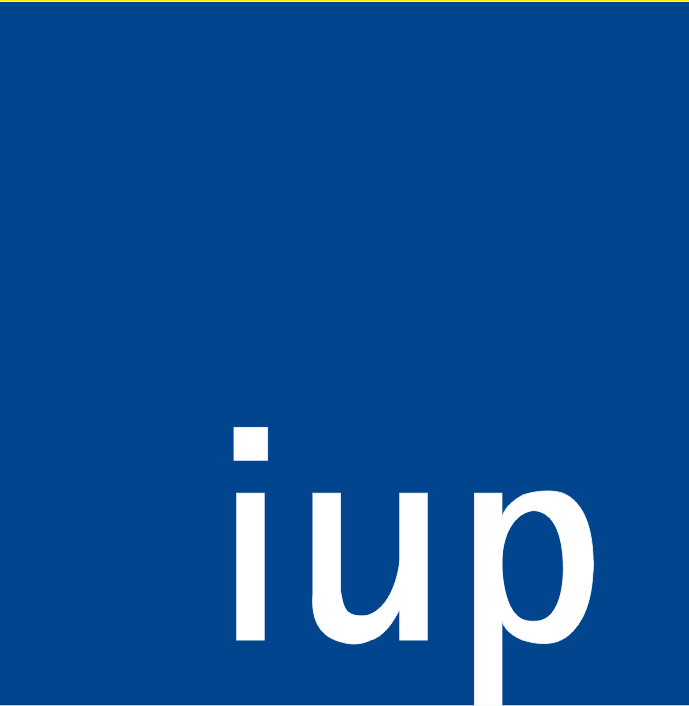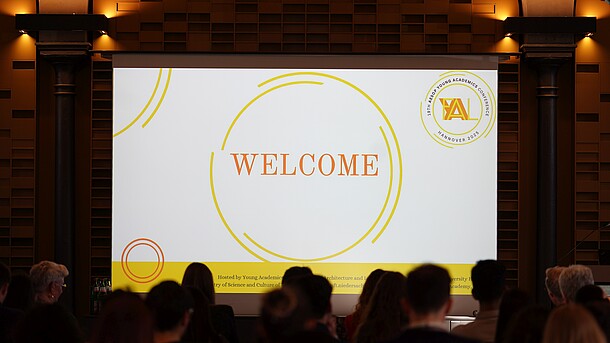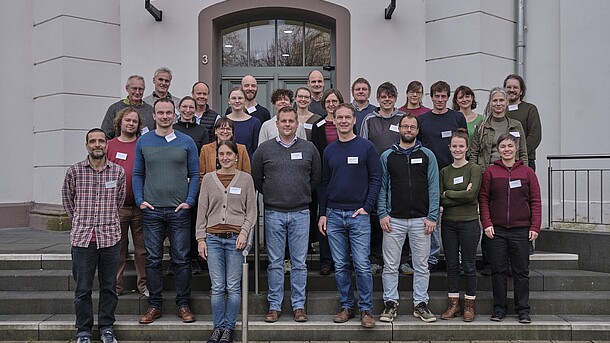Spatial development, urban regeneration, natural and cultural heritage in Lyon and Saint-Étienne
Dr. Eric Thomas, Dr. Frank Scholles,
Dipl.-Ing. Magrit Putschky
The annual Franco-German Planning Seminar serves as an intercultural exchange between students and teachers of the Spatial and Environmental Planning Department at the Engineering School of the University of Tours and at the Institute for Environmental Planning of Leibniz Universität Hannover. It is sponsored by the Franco-German Youth Office. The seminars and excursions take place alternately in a German or a French region on interesting current planning issues. Here, the participants not only learn about planning systems, contents and cultures, but also learn a lot about the peculiarities and politics on both sides of the Rhine.
This year, the exchange took place from 1 to 7 October in Lyon, Saint-Étienne and the surrounding area (Région Auvergne-Rhône-Alpes). A total of 23 students and three teachers took part.
The groups from Tours and Hanover, who travelled via Saarschleife, met at the Centre International de Séjour Lyon (CISL) on the evening of 1 October. The first day was about urban planning in Lyon, specifically the peninsula between the rivers Saône and Rhône. In the southern part of the peninsula, the large-scale urban renewal of the Quartier Confluence (confluence) is currently underway, with which a former industrial area is being redeveloped and developed into a strongly greened mixed area for housing and services. This is also the location of the new headquarters of the Région Auvergne-Rhône-Alpes, which was formed in 2016 by merging the former Rhône-Alpes and Auvergne regions. The group met the fluent German-speaking region president Laurent Wauquiez. The A6 Paris-Avignon motorway (Autoroute du Soleil), which currently runs through the area in an embankment position, will be downgraded and deconstructed in the coming years. In the northern part of the peninsula is the historic old town, which is listed as a UNESCO World Heritage Site. During a guided tour of the old town, the history of Lyon, especially as a city of silk weavers, was explained. On the second day, the focus was on the green and blue infrastructure. First, the redesign of the banks of the Saône River under the implementation of the Water Framework Directive was presented. In the urban area, it is more characterised by open space design and architecture than further upstream. The World Heritage Site must also be taken into account. The plans for the left bank of the Saône have largely been implemented; the right bank will follow. The tour then continued to the Miribel-Jonage Park, an expiring gravel extraction area in the Rhône floodplain on the edge of the metropolis, whose importance as an urban open space for recreation, nature conservation, drinking water protection and flood regulation was highlighted. With zoning, the planners harmonise the four concerns.
The next day, Lyon was left to explore the Pilat Regional Nature Park. The mountain range separates the catchment areas of the Rhône and Loire rivers and has diverse ecosystems that are under high pressure of use between the centres of Lyon and Saint-Étienne due to housing, recreation, but also viticulture. The characteristics of the area as well as the nature conservation and public relations work of the park administration were presented at several viewpoints as well as in the house of the nature park in Pélussin. In the evening, the group moved into the functionalist André Wogenscky Youth Hostel in Saint-Étienne.
The following two days were devoted to urban development in the Metropole Saint-Étienne. The area was a rapidly growing centre of coal mining and arms production since the industrial revolution. First, the conversion of a former arms factory into a design district (Cité du Design) was presented. In the old and a few new buildings, which were renovated in cooperation between the EPA, the city, the city association and the universities, the College of Arts, parts of the university, various start-ups from the creative industries, caterers, a primary school and a kindergarten have settled. They host various events to communicate the new accessibility of the neighbourhood to the population. Through these settlements, Saint-Étienne became part of the UNESCO Creative Cities network as a city of design.
In EPASE, the French state, the city, the city federation, the département and the region have joined forces in a public planning body to redevelop four large areas in Saint-Étienne, which would have been too much for the city alone. Two of the areas, the Châteaucreux station district and the Pont de l'Âne-Monthieu city entrance area, previously characterised by multi-lane roads and unpretentious retail architecture, were toured, and the Cité du Design in the Manufacture-Pleine Achille had already been visited.
In Firminy near Saint-Étienne, the architect Le Corbusier planned a series of buildings typical of him and of functionalism at the end of his work, which were built and completed by his students. At the Site Le Corbusier, the ideas, the style, the implementation and the current use were explained.
The tour ended with a boat trip on the reservoir in the Loire Gorges, where electricity production, flood protection and especially the Natura 2000 protected areas were explained, which are looked after and maintained by the special purpose association for the lake and a local nature conservation association. The starting point was St.-Victor-sur-Loire, a formerly independent commune that has joined the city of Saint-Étienne and is now its exclave and port on the Loire. Afterwards, from the roof of the ruined castle of Essalois, the landscape as far as Saint-Étienne could be viewed at a glance. The excursion ended on Saturday and the group returned to Hanover or Tours from Saint-Étienne via Freiburg.











